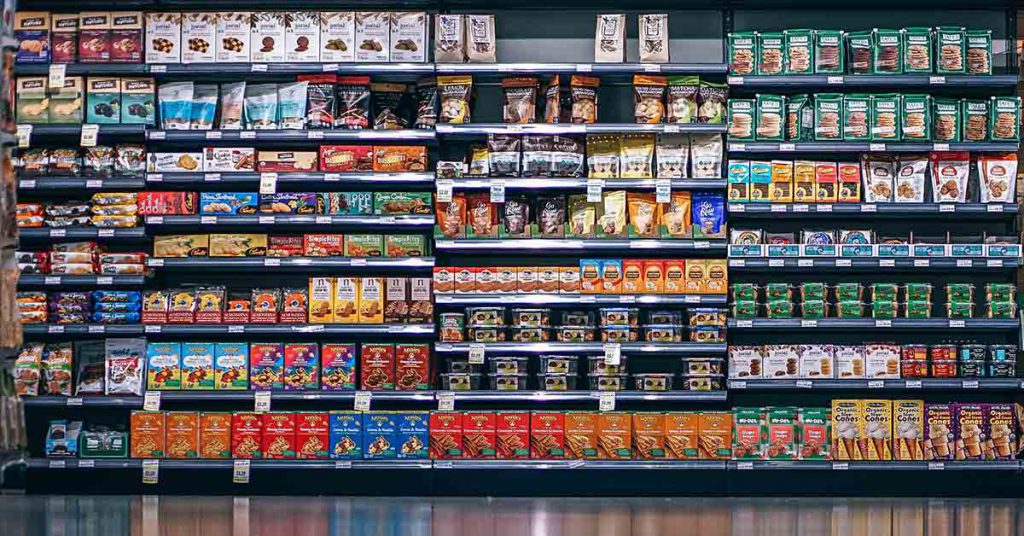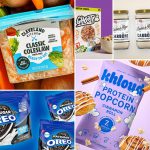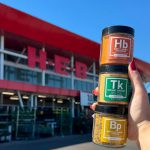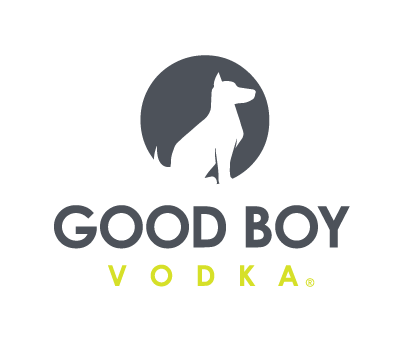Surviving the Store Brand Tsunami

Store brands, or private labels, are among the fastest growing product segments in the grocery industry. They are competitively priced product lines wholly owned by retailers, service providers or wholesalers. They are formulated to imitate and undercut national brands. For trend-forward startups and emerging brands, store brands represent an immense competitive challenge.
The store brands sector is huge, and gaining ground. U.S. store brand sales were over $236 billion in 2023, or over 22% industry market share – an increase of over $10 billion in one year and over 34%, or $60 billion, since Covid-19 began. Over 98% of U.S. households buy them, over 55% of shoppers are buying more than last year, and 54% of shoppers plan to buy more store brands next year.
Consider the economic context. Grocery prices are up over 30% since 2019, and 90% of consumers are concerned with high food costs. Over 70% are financially stressed, 58% living paycheck to paycheck. But people still want good food. Study after study shows that despite the economic stressors, consumers want “better for you” products that are healthy, sustainable and made by companies that share their values. These trends are the bread and butter of the emerging brands/CPG start-up sector.
Store brands offer an easy personal choice for consumers to navigate these contradictions. Retailers are investing in product development, marketing and store placement of new private labels that look, taste and are positioned more and more like trend-leading emerging brands.
Walmart’s bettergoods line is a case in point. Walmart describes bettergoods as “a new elevated experience that delivers quality, unique, chef-inspired food at an incredible value.” bettergoods includes 300 brand new items, including rubs and seasonings, plant-based products such as chocolate almond milk, oat milk ice cream and dairy free mozzarella, and “made without” items tailored to specific dietary needs such as gluten free. The fonts are bright, rounded and lower case. The colors and graphic design are tailor made for Tik-Tok and Snapchat, obviously geared towards younger consumers.
Walmart is the center of gravity in the grocery industry, with 30% market share. Such a product launch will pressure competitors to follow suit. bettergoods may steal market share from 365, Trader Joe’s and Target’s Good&Gather. There will also be knock-on effects, even for emerging brands not yet in the Walmart line-of-sight.

As an example, Numerator found that “bettergoods is appealing to lower-income consumers who want to treat themselves while giving higher-income consumers a product that goes beyond base needs at an affordable price… the demographics of Walmart’s bettergoods ice cream buyers indicate a younger, more naturals-focused consumer who has dietary restrictions and cares about price and flavor.” Walmart is seeing this market opportunity to lean into more premium price tiers, but at a steep discount to emerging brands.
Retailers also look to emerging brands as incubators of new trends. Despite high new product attrition rates at national chains, there are thousands of ambitious start-ups trying to get on grocery shelves. Many retailers have ambitious category management programs and local sourcing initiatives to pilot new trends and meet new consumer needs. Unfortunately, emerging brands can end up as incubation test subjects for a retailer’s private labels. And even if the emerging brand shows potential to be a private label supplier, the grocer may just knock off the formula and send the production to an incumbent co-packer.
Emerging brands must stay distinct from their peers while navigating cutthroat category management requirements, high wholesaler fees and competitive pressure from packaged food monopolies that dominate market share. Store brands, which had once been all about low prices and generic offerings, are leveling up with eye catching design, better formulations and sustainability claims. While consumers may benefit from better products at better prices, it also means store brands are adding to the challenges to emerging brands on the long and difficult road to success.
For CPG start-ups and emerging brands, there are two potential strategies that could insulate them from the store brand deluge.
First, build a “moat” around the brand. In other words, you need a defensive perimeter that keeps competitors at bay. This could be a unique and compelling formulation, a clear and sticky connection with a specific customer segment or consumer need state, or any other leading distinctions that set your brand apart. Examples include Magic Spoon, a low-carb, high protein cereal actually made from milk, or Siete Foods, which combines grain free pantry staples with a Rio Grande Valley heritage.
The other strategy – somewhat conversely – is to build community beyond your little brand fortress. This could be through advocacy for issues important to you, your suppliers and/or your customers. The most obvious example of this is Ben & Jerry’s, but also Manitoba Harvest (on hemp legalization), or Tony’s Chocolonely (on child labor, however imperfectly). None of these brands make the absolute best products, but their advocacy positions were important to their success.
A brand that does both of these things well becomes genuinely unshakeable and iconic. The easiest example here would be Dr. Bronner’s. They control their own supply chain, and they make their own products – including best in class soaps that make your tuchus tingle. They also put money, time and energy into issues that matter to them and to their customers, such as drug legalization, regenerative organic farming and environmental preservation. They have successfully fought off store brand incursions for decades while not compromising quality or value.
This doesn’t mean it’s easy. But surviving the store brands tsunami is definitely possible for emerging brands who can stay a breed apart while building bridges with their consumers.
Errol Schweizer is the author of The Checkout, a subscription-based newsletter on grocery retail. The former Grocery V.P. of Whole Foods, he has worked in food retail & policy for over 25 years, and is now a Board Member, Advisor and Co-Founder.















